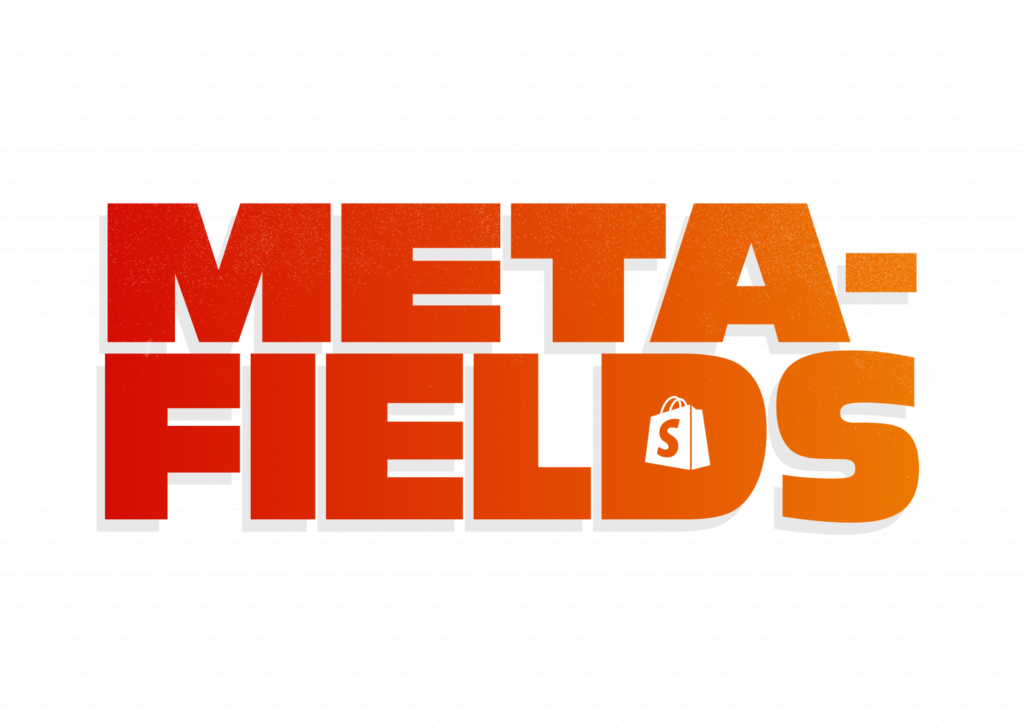As a Shopify Plus partner with over a decade of experience in the eCommerce business, Fyresite knows that customization is very important to merchants. That’s why when a prospecting merchant asks, “Is this possible?” our answer almost always is, “Yes, with metafields.” Every time, the follow-up question from the merchant is, “What exactly are metafields?” It’s a fair question. So, let’s get into it – what are metafields and why are we obsessed?
What are Metafields?
At Fyresite, we specialize in customizing Shopify stores to create seamless customer experiences. By leveraging metafields, our expert developers can create advanced solutions that are user-friendly for the merchant to view and adjust via the admin panel. It’s a perfect blend of customization and functionality.
At their core, metafields add customization to your site, making it more user friendly. It is also native to Shopify, so you are not cluttering your site with too many external apps. Metafields are flexible, and can be added to your products, collections, customers, orders, and other parts of your store.
Metafields can be used to allow a customer to choose certain attributes of their products, such as choosing the color. It also allows customers to narrow down what version of a product they need, such as a date, make, and model for a car part.
Metafields also allow you to add more context to your product, such as key points for your product, how to use it, and warnings. This may also help your SEO search results and conversion rates.
The customatizions that you can use metafields for are incredibly flexible, and can cover almost anything. Some include:
- Date
- Expiration dates, order dates, or customer birth dates
- Date and Time
- Launch event or product release
- Dimension
- Product length or box height
- Rating
- Allow customers to rate your product
- Text
- Add shipping notes, announcements, or washing instructions
- True or false
- If something is in stock, or if the item can be customized (such as engraved)
- JSON
- Add a table for specifications that has different columns for each product, such as a table of ingredients
- So much more
- Metafields are so customizable and can do so much that everything won’t even fit in this blog
While there are apps that allow you to add metafields, we recommend that you use Shopify’s built in functionality, as it is cheaper, is not something that you have to manually update, and keeps your page load times fast.
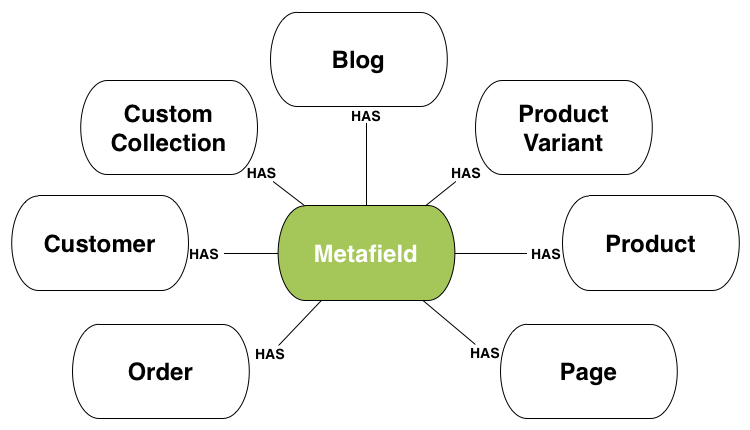
Metafields in Use
One merchant Fyresite is a development partner with is Chassis Unlimited. Chassis Unlimited is a store where customers can order truck bumpers, steps, bed racks, & accessories for many different makes and models of trucks. This site utilized metafields to avoid adding a long list of variants for truck parts, as each year, make, and model are a different part. How did Fyresite make this work without clogging the website? Metafields!
Now that you know what metafields, we can look at how they are executed. There are different places to see the execution: the site and the back-end.
On the site, there is one product detail page for the sidesteps product. As you can see in the image below, the product details allow you to select the year, the make, and the model. This was done with metafields, which allowed Fyresite to bypass Shopify’s limit of 3 variants. The merchant also did not want a variant for every year, since it was such a large range. This also makes it easier for the user, as it becomes a smooth, stepped process to find the product they need.
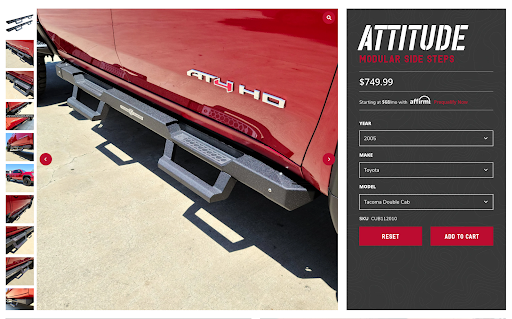
On the back-end, every SKU (Stock Keeping Units) for each product has these metafields. Those metafields dynamically populate the form, and then once the form is completed, the SKU is provided for the user to see and is automatically available to add to cart. Showing the SKU offers transparency for the user. This also makes it easy and seamless for the user, as they hone in on the right SKU.
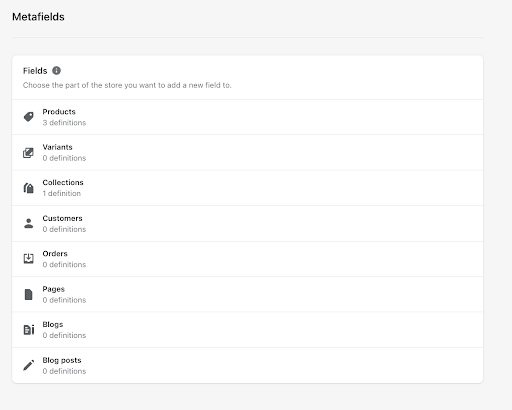
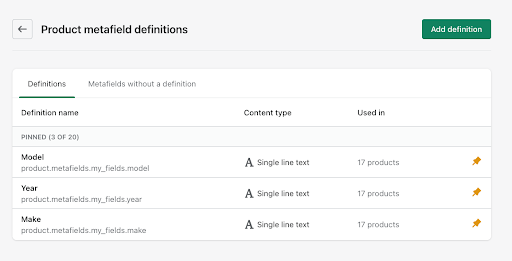
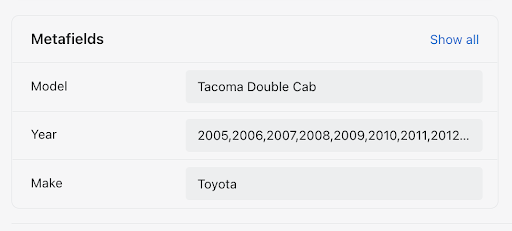
How to get Metafields for your Website
If there is one thing Fyresite knows, it’s how to build websites that work – for you and for your customers. As mentioned above, metafields are customizable, are not subject to three variants, and are built into Shopify, so it keeps your speeds fast. In fact, when you hear the word metafields, you could replace it with the word customization and not be too far off.
As a company with over a decade of experience, Fyresite can help you make your website the best it can be with the ultra-customizable metafields. To partner with Fyresite and see if it’s a fit for you, use this affiliate link.
 Taylor Simmons
Taylor Simmons 